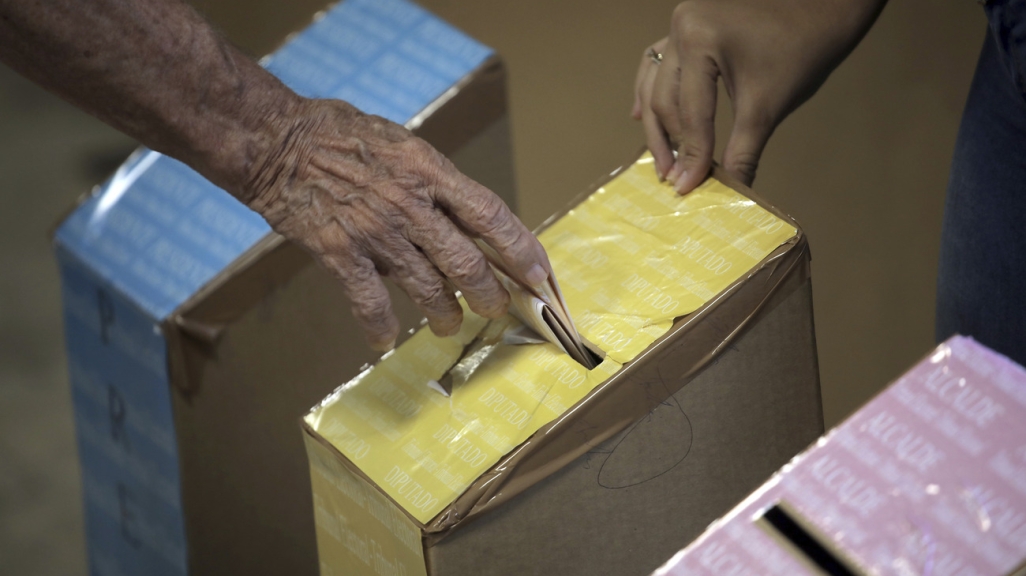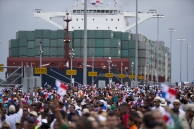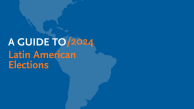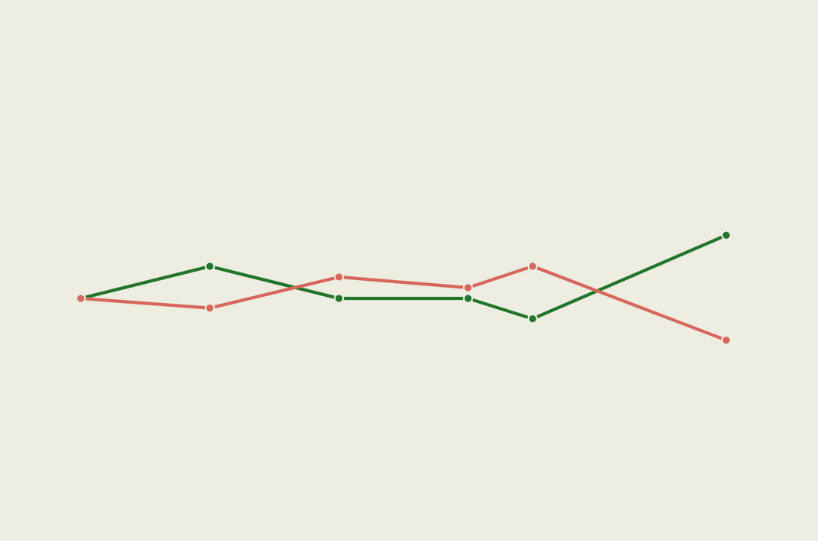Explainer: Panama's 2024 Presidential Elections
Explainer: Panama's 2024 Presidential Elections
Two days before the elections, a court decision avoided disqualifying the frontrunner. Where does that leave the race? AS/COA Online explores.
This page was originally published on April 29, 2024 and has been updated since.
Just two days before Panama’s May 5 election, the Supreme Court finally made a decision. José Raul Mulino, the frontrunner in the race, was deemed to be eligible to run, avoiding a disqualification that would have made an already uncertain race even more challenging to predict.
Mulino only became a candidate back in February when former President Ricardo Martinelli, who was then the frontrunner, was blocked from the ballot due to a rule that says those convicted to a prison term of more than five years are ineligible to run for president. Martinelli’s July 2023 conviction for money laundering involves a 10-year sentence. Despite his appeal attempts, the electoral court finalized Martinelli's disqualification in March.
With Mulino officially on the ballot, Panamanians can be sure of the seven presidential candidates they can select from in Sunday’s vote. But with four candidates polling between 10 and 30 percent, it’s still anyone’s game. And there’s no runoff or minimum threshold to win. In the last presidential election in 2019, Laurentino “Nito” Cortizo triumphed with just 33 percent of the vote. This year, the winner could take it with an even lower tally.
Around a fifth of Panama’s 3.2 million registered voters are undecided or plan to submit a blank ballot. Turnout averages 70 percent in Panama. In addition to electing a president to a five-year term, Panamanians will vote for the entire 71-member National Assembly.
Who are the top presidential candidates? What are the major issues? AS/COA Online explains.
Polls show a close race between the eight candidates for the single-round May 5 vote. AS/COA Online looks at who’s leading.
As an unpredictable May 5 election nears, INDESA’s Felipe Chapman tells AS/COA’s Randy Melzi the next government faces a series of “fixable” problems.
AS/COA covered 2024's elections in the Americas, from presidential to municipal votes.











